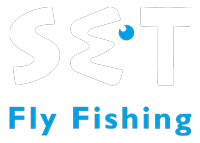Golden Dorado
Spawning Season
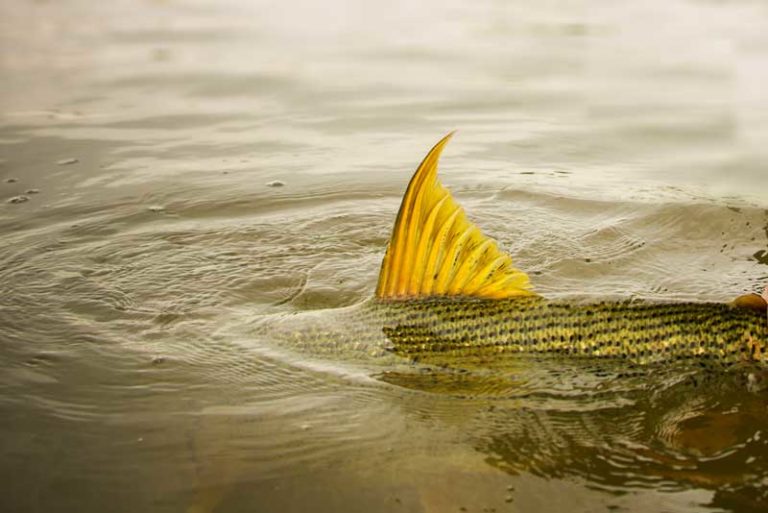
A Great Dorado Migration
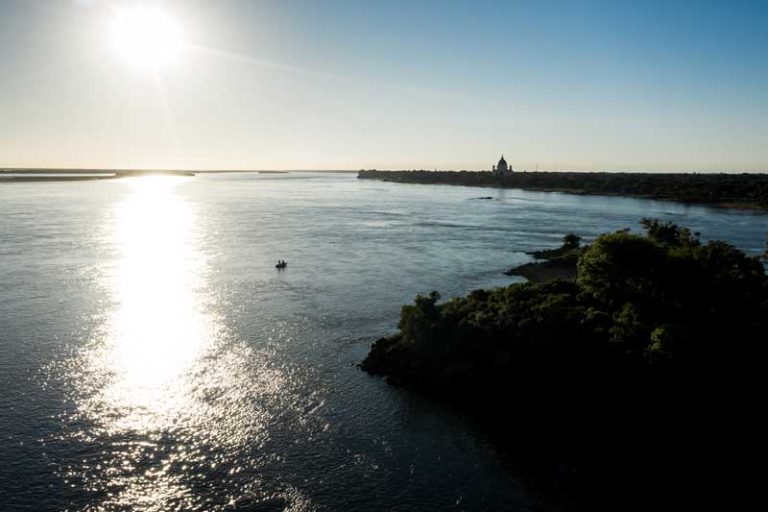
Uniquely - Dorado Spawning
The spawning location is carefully chosen, water with enough velocity and turbulence in the current to increase the probability that eggs will be introduced to the sperm of several different males. If the water is too slow, the eggs will sink to the bottom unfertilized and perish.
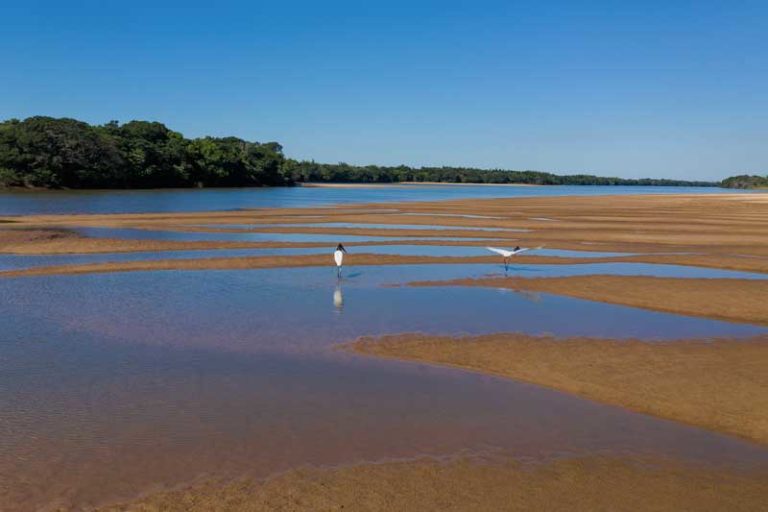
The Natural Beauty of Floods
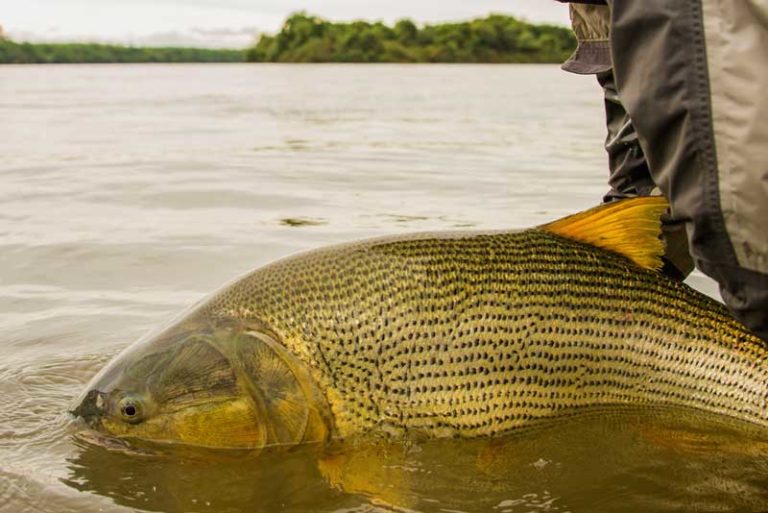
From Small to Legendary Giants
Other golden dorado articles
This question used to be a simple one to answer. Now, with the 3 separate destinations available in the Golden Dorado Experience it’s a bit more complex, but worth studying because of the variety of conditions where you can target…
Golden Dorado 2023 Spring Season Report Hi friends! We are finishing another fabulous spring Dorado season and this time with an extended Golden Dorado Experience, the first one after the inclusion of Jetu'u Cabanas de Esteros to the family of…
Some of you may now; Rachel Finn has been an ambassador and great friend for SET for several years now. She has been hosting groups regularly to all our lodges for golden dorado and trout.Last year we had the opportunity…
Interview with Carlos Caballi Also known as “Carlitos”, he has been a part of The Golden Dorado Experience since the beginning. He has accumulated more hours on the water chasing Dorados than any guide could wish for, and his knowledge…
Golden Dorado 3 Lodges 3 Experiences The Golden Dorado Experience by SET Fly Fishing was recently completed with the addition of a third lodge, Jetu’u Cabañas de Esteros. But given that the lodges are all within a 55-minute flight of…
In Search of Gold Argentina or Bolivia? by Lucas Mora I was lucky to be born and raised near the largest tributary of the La Plata basin, the beautiful Parana River. In my early teens my friends and I started…
“Paisano” from the Ibera Wetlands The Paisanos of the Ibera have survived for many generations in an intimate relationship with the land and waters of this beautiful ecosystem, making their living raising cattle and farming in family groups.In Argentina, the…
What are you doing next Winter?? At SET Fly Fishing we are always planning your next great adventure. From the beginning, we have been a team of passionate anglers and hardcore explorers with a vision - to bring the most…
Big Yellow Toothy Fish! by Theresa “Drox” Rosik and Chuck Geurts After 20+ years of fly-fishing and numerous destination trips, we were ready for our next adventure; “Big Yellow Toothy Fish”—Golden Dorado in Argentina!We booked a trip through an unfamiliar…
Epic Fishing The Pursuit of Golden Dorado The common theme of conversation among guides and fishing friends, often while sitting around a campfire or gathered at a winter Asado, is always about fishing. And when the subject turns to Golden…
It's Official After two years of severe drought and unprecedented conditions across northeastern Argentina, which created some challenges and puzzles to find the best Golden Dorado fishing, water conditions have now recovered. Since October of 2022 the entire Parana River…
Explorations and New Fisheries Scouting keeps us going Presenting jetu'u Cabaña de Esteros Home waters are always special. They are the place you’ve known for a long time, and have come to learn every intimate detail. You’ve spent many hours…
Golden Dorado Surface Patterns Fly fishing for Golden Dorado is an addictive sport. These fish make you work for it, but when you connect, it’s an indescribable experience - even better when they produce explosive strikes over surface patterns! Golden…
Golden Dorado 2022 Spring Season Fishing Report For over twenty years our mission has been to deliver the finest fly fishing experiences in Argentina. Every species we chase presents a unique challenge, and our approach has always been to find…
Rewilding Jaguars return to Ibera For as long as I can remember, I’ve been fascinated by the Ibera Wetlands. My passion for fishing at such an early age fostered that fascination, and ensured it was a place that I would…
Cheech Pierce & Tim Flagler Dorado Fly Tying Session Tying flies specifically for Golden Dorado fishing remains a mystery for the international fly fishing industry. Perhaps it’s a niche market that isn’t fully developed enough for the fly producing companies…
Home of the Largest Golden Dorado the Parana River Beginning its life in southern Brazil, the mighty Parana River flows south through Paraguay and Argentina for over 3000 miles. It is the second largest river system in South America (yielding…
I’ve enjoyed watching these incredible fish as they live, feed, and survive, in various types of fisheries and waterways. But only a few times in all of these years, and only in the farthest reaches of the Upper Parana River, was I lucky enough to witness the unparalleled drama of the Dorado spawning.
The primary prey fish of the Golden Dorado is the Sabalo, a medium sized schooling fish that often weighs between 3 and 5 pounds, which requires a bit of strategy along with opportunity.
These adventures are commonly reviewed as the highlight of the trip and more often we have requests from repeat anglers to do more adventure venues, which has been the motor for us to constantly seek for the next one to find.
